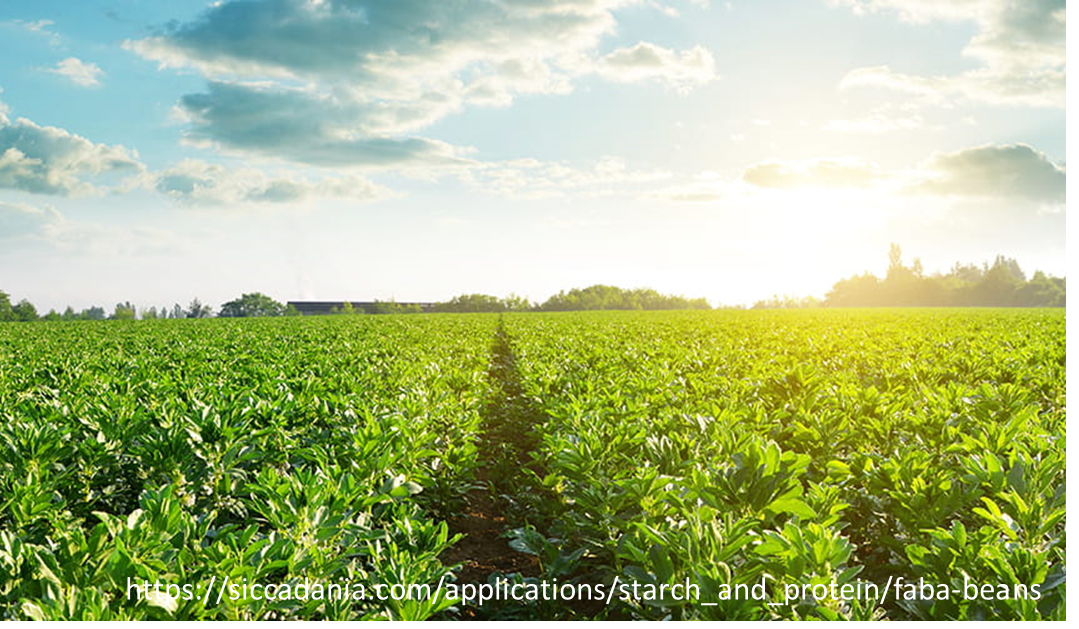With the snow on the ground and crops in the bins, farmers can finally kick their feet up and relax a little. Many of you have already applied fertilizers to your fields, through probably less than normal due to sky high prices and lots of residual nutrients left in the ground. So you may be wondering how your legumes will do next year. Or will your legumes even nodulate with all the extra residual nitrogen (N) in the soil? In this week’s edition of Growing Possibilities, we will examine what affects nodulation and how high residual N affects your legumes.
Nodules on the roots of all legume crops are the result of a symbiotic relationship between leguminous plant roots and N-fixing bacteria. Symbiotic bacteria fix N from the air in the surrounding soil, which contains about 78% gaseous N and it is not available to the plant in that form. The bacteria turn this gaseous N into ammonium, which the plant can use. In exchange for the ammonium, the plant provides the bacteria nutrients and a source of carbon. Each legume crop has a specific species of bacteria it forms nodules with. The amount of N fixed depends on the type of crop, the health of the crop, and the amount of residual N in the soil. Legumes can fix from 50-80% of their N needs, the rest will come from the soil or fertilizers (1).
About 4-6 weeks after planting, nodules should begin to form on the legume roots. To check for nodulation, carefully dig out a plant with the surrounding soil still intact. Gently wash or break away soil from the roots (dipping the plant into a bucket of water is a good way to remove the adhered soil) and look for nodules adhered to the plant roots. Slicing open the nodules should reveal pink/red coloured tissue, indicating that N-fixation is occurring and the rhizobia are active. White-grey tissue inside nodules usually means these nodules are young and not yet fixing N. Grey or green tissue inside a nodule indicates that it is no longer fixing N and will be shed from the roots (2).
If you are checking your crop and do not see nodules in the suggested time frame, what is going wrong? There are a variety of reasons why nodules may fail to form following inoculation. Some of the reasons are (1, 2):
- Wrong species or inadequate rate of inoculation
- Inoculated seed too early (bacteria on seed begin to dry up and die after recommended planting window)
- Improper storage conditions (too hot, too cold, etc.)
- Not enough phosphorus or micronutrients in the soil
- Soil pH (prefer pH 5.6-7.0)
- High inorganic or residual N (ammonium and nitrate)
When it comes to N in the soil, researchers have found that the nodule number and mass decrease as the level of N fertilizer increases. Also, if there are lots of nitrate and ammonium in the soil, nodulation will be suppressed (3). If the combined levels of available soil N and fertilizer N are at 40 kgN/acre, nodulation and N fixation are reduced. Whereas, at 55 kgN/acre, nodulation can be delayed drastically and N fixation stopped (1).
So, should you inoculate? First, you should get a soil test to determine how much residual N you have in your soils. Once you’ve got the results, you can decide how much, if any, N fertilizer you will apply. Depending on the crop, there may be enough residual N and fertilizer N in the soil that N fixing is not required. For example, lentils only need 39 kgN/acre so inoculation may not be necessary if there is over 40 kgN/acre in the soil (although you should always remember that inoculant may be the one of the cheapest source of insurance for your legume production). But for other pulse crops like peas, faba beans, and soybeans, you should still inoculate since they require over 65 kgN/acre to produce a healthy crop (4). That’s why we always suggest inoculating your soybeans with XiteBio® SoyRhizo® and your pulses (peas, faba bean, and lentils) with XiteBio® PulseRhizo® to ensure your crops will have enough N throughout the season.
References
- https://www.saskatchewan.ca/business/agriculture-natural-resources-and-industry/agribusiness-farmers-and-ranchers/crops-and-irrigation/soils-fertility-and-nutrients/inoculation-of-pulse-crops
- https://www.no-tillfarmer.com/articles/7829-factors-affecting-successful-soybean-inoculation-and-nodulation
- https://www.researchgate.net/publication/249009903_Fertilizer_N_and_nitrogen_fixation_in_legume-Rhizobium_symbiosis
- https://grdc.com.au/resources-and-publications/grdc-update-papers/tab-content/grdc-update-papers/2018/03/how-much-nitrogen-is-fixed-by-pulse-crops-and-what-factors-affect-fixation


